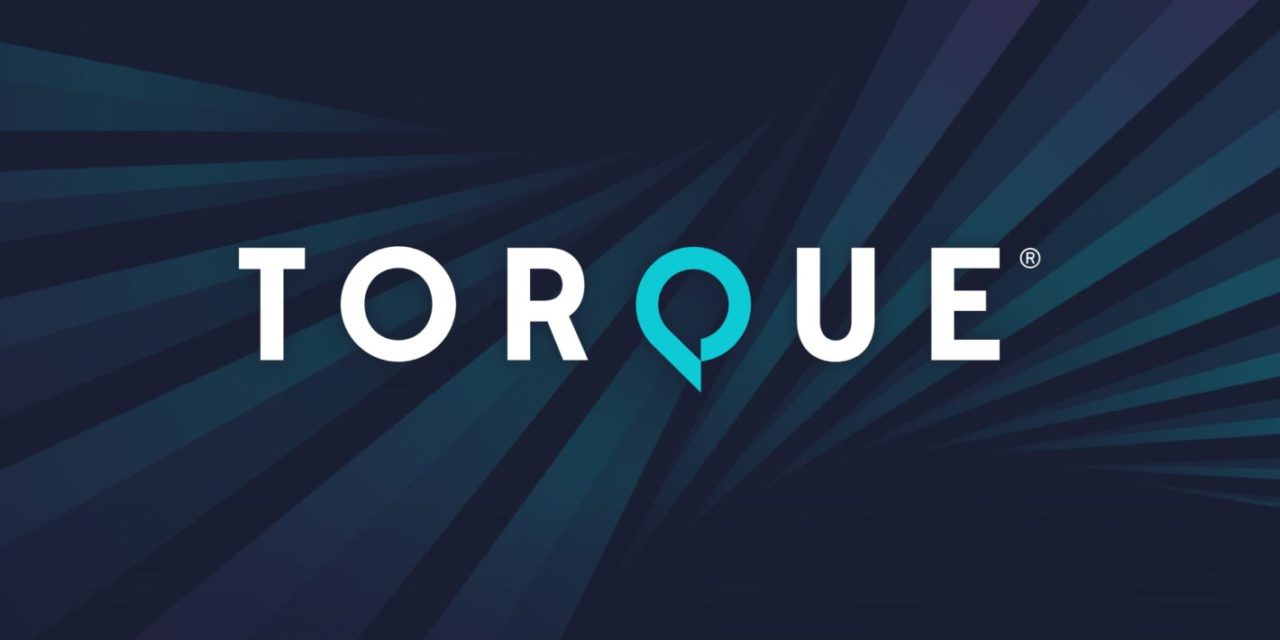The internet is an exciting place. With new developments and improvements happening every day, marketing leaders have to constantly maintain their website and keep a fresh online presence. If you work with WordPress, you know all too well that maintaining your site could be its own 40 hour/week job, especially if you want long-term security and online organizational growth.
As an open source software, WordPress is home to around 63% of CMS users, with its code open to study, use, change, or redistribute. Anyone can take advantage of its convenient features and customize the platform with a variety of themes, tools, and plugins. You likely love the ability to make your online home truly yours.
Not only can you study the code, but WordPress’s open source solution ensures that it’s constantly tested, that there are bug reports, and that users can submit patches. This way, the WordPress code quickly improves and fills in gaps with new updates. However, this also means your website needs to react quickly!
WordPress maintenance is a never-ending job, especially with Core updates and the volatility of the internet. To make your day less exhausting and keep your WordPress website ahead of the game, we’ve put together the following five tips:
- Create consistent backups
- Learn about WordPress Core updates
- Stay on top of theme & plugin updates
- Don’t forget about transients and caching
- Prioritize database optimization
A big mistake is creating your website and thinking your job is done. Don’t worry if you’re easily overwhelmed — even the best marketing leaders have to use these steps to maintain their website! Ready to dive into the following tips and tricks? Let’s begin.
1. Create consistent backups
Everyone who manages and collects data fears the same thing: losing it forever. Whether it’s due to a third-party hack or a software update error, losing data is a nightmare situation to anyone. That’s when a full site backup can save the day!
A website backup is basically a copy of your entire content and data stored in a secure place like an external hard drive or even online in the cloud. Having consistent backups minimizes the negative effects if you ever lose data, especially if you’re updating your website. While a full backup is a resource that you don’t want to ever use, it’s always nice knowing that it’s there.
A backup isn’t just useful for an extreme hacker or other mass loss of data. There are issues that’ll likely come up in your daily life while maintaining your WordPress site that can easily be mediated with a data backup. For instance, consider the following reasons why backups are necessary and should be made consistently:
- To guard against human error, like accidentally deleting a field (it can happen to the best of us!).
- It can reverse problems during updates if the update doesn’t happen successfully.
- It can help with compatibility issues after installing new extensions or other WordPress tools.
- You can easily create a testing version of your website to try out a new feature or design.
- Lastly, it fosters strong security practices.
Simply deleting a data entry by accident can derail your marketing strategy, and a trusty backup is the best way to quickly bounce back.
2. Learn about WordPress Core updates
As you know, WordPress’s open source features lead to much needed updates to the Core platform. WordPress Core is basically the CMS without any of the additional plugins and extensions. It’s the skeleton of your website, and if there are any updates to WordPress Core, you should be aware of them.
This past summer, WordPress released Version 5.5 as their most updated system. Each Core update usually includes new or improved existing features that your team can learn about and take advantage of to improve and maintain your WordPress website.
You might think that it’s not worth it to update your website for every new version released. However, along with updated features, Core updates also often include security updates. This means a security problem was found, resolved, and then released publicly. When a new security issue is revealed, this leaves your outdated website at risk.
According to Kanopi, a full-service web agency, it’s recommended that instead of waiting to mass update your website every couple years, you should instead undergo continuous improvements as new WordPress versions are created. In the end, this becomes way more sustainable for your team, and your WordPress website is easily and consistently maintained.
3. Stay on top of theme & plugin updates
Many organizations will invest in a theme and a variety of plugins to optimize internal processes and improve user experience. Currently, there are more than 57,000 plugins and almost 8,000 themes available on WordPress. It seems like there’s an infinite combination of possibilities to take your website to the next level. After all, one of the best parts of WordPress is the vast ways you can customize it and truly make your website your own.
Just like you should keep an eye out for Core updates, it’s important to also stay on top of any theme and plugin updates. Plugins and themes undergo version updates in order to rid of security issues and take their features to the next level.
How often you undergo these updates is crucial, especially if you update your Core consistently. You don’t want to run into problems with your tools being incompatible with your CMS platform.
For instance, If you are using a custom theme or custom plugins for your business needs, it’s important to always test and update these with each core update to ensure that it is secure, compliant, and bug-free. Some experts recommend that updating themes and plugins at least once a quarter is good practice.
With every update, whether it’s WordPress Core or plugins and themes, there’s always a risk of something going wrong. This risk is minimized when you update more consistently, as going from version 1.1 to 1.3 is easier and more streamlined than going from version 1.1 to 4.0. But don’t worry, you have your backup to save you if anything goes wrong!
4. Don’t forget about transients and caching
All web servers and browsers save information from websites in the form of caches. Put simply, a cache is storage space for temporary data that can help make a browser or app run more efficiently. It’s why you likely don’t have to resubmit login information every time you load your email. Your browser doesn’t have to reload the entire website — it just refers to your cached data!
Cached data helps speed up your websites loading time, leading to improved SEO and user experience. In the end, caching only helps your website, and ensures that it is effectively meeting your constituents’ needs.
However, as the marketing expert in charge of maintaining your WordPress website, you want your cached data to update as soon as new information is released and added. Since cached data makes your website user experience better for returning visitors, it makes sense to ensure it’s time relevant.
As WordPress users, you likely also are familiar with transients. Transients are a way of caching data in the WordPress database for a set amount of time. Essential to larger websites, transients provide you the opportunity to add additional caching for specific data. A common example of using a transient is when you are listing posts in a specific category. The transient reduces the number of retrievals to the database.
It’s usually expected that transients are updated periodically to ensure that the expiration date continues to increase. A typical way of updating transients is to do so when creating, updating, and/or deleting content. Some transients can even have no expiration date, and these have to be recreated from time to time.
In short, it’s important to consistently update transients and cached data, especially if you want to increase conversions on your website. You can either set your website host to control caching, invest in a caching plugin or service, or have a developer incorporate caching code. Sometimes, you might find that a combination of all of these is what you need!
5. Prioritize database optimization
On top of the growing and changing internet landscape, one of the reasons that maintaining your WordPress website is so important is because your organization is likely evolving as well. With every engagement, new data is accumulated. And just like with a large amount of anything, it’s challenging to organize.
Your database is one of the most important components for your organization. It not only helps you keep track of everything that has happened, but it gives you key insights on how to improve for the future. Specifically, your website data can help get the most out of your WordPress system.
According to AccuData, data hygiene is crucial in your database. After all, one missing entry or misspelled name can throw a system off course. Sometimes an entire database audit is necessary!
Your website is not immune to this, and if you are pulling data from a system that has not been thoroughly cleaned up, it can lead to a poor user experience. Some WordPress hosts have quick database optimization solutions, but for more valuable help, you’ll likely need to work closely with a support service. If WordPress support is something that you’re interested in, consider checking out this article on top things to look for in a website support agency.
No matter the type of organization where you work, your WordPress website should evolve not just as the internet does, but as you do. Maintaining it is more than just keeping up with major updates, and in fact, the small incremental changes often end up being more critical and helpful in the long run. Hopefully, the tips in this guide provided some direction, and you can move forward optimizing your WordPress site with confidence! Good luck!











